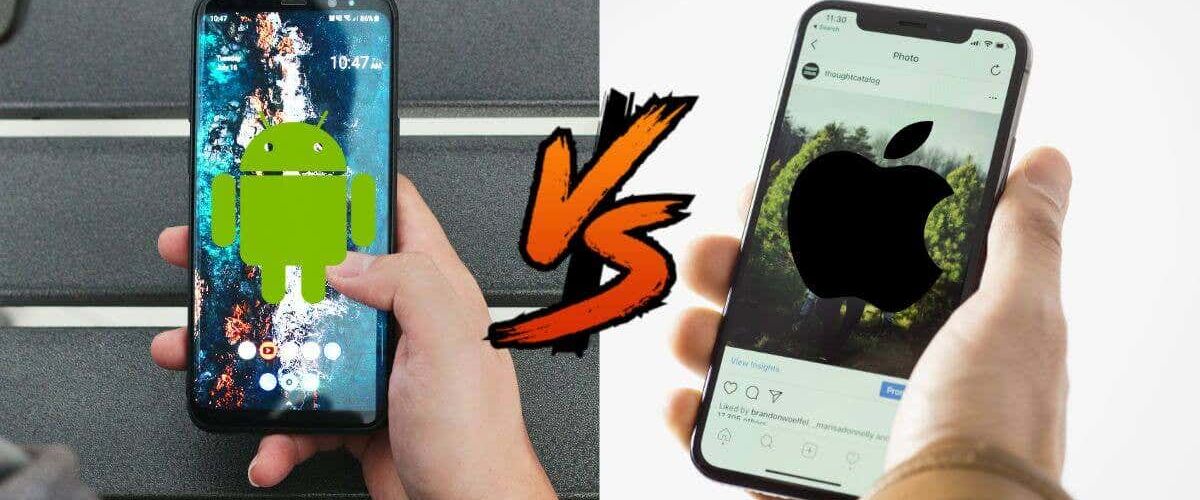The age-old debate between iPhone and Android users continues to stir discussions among smartphone enthusiasts. The choice between these two giants in the smartphone industry isn’t always easy to make.
Both platforms have unique features and capabilities, catering to different preferences and needs. Let’s delve into an in-depth comparison of iPhone and Android devices across various aspects to help you make an informed decision and choose which smartphone is better for you.
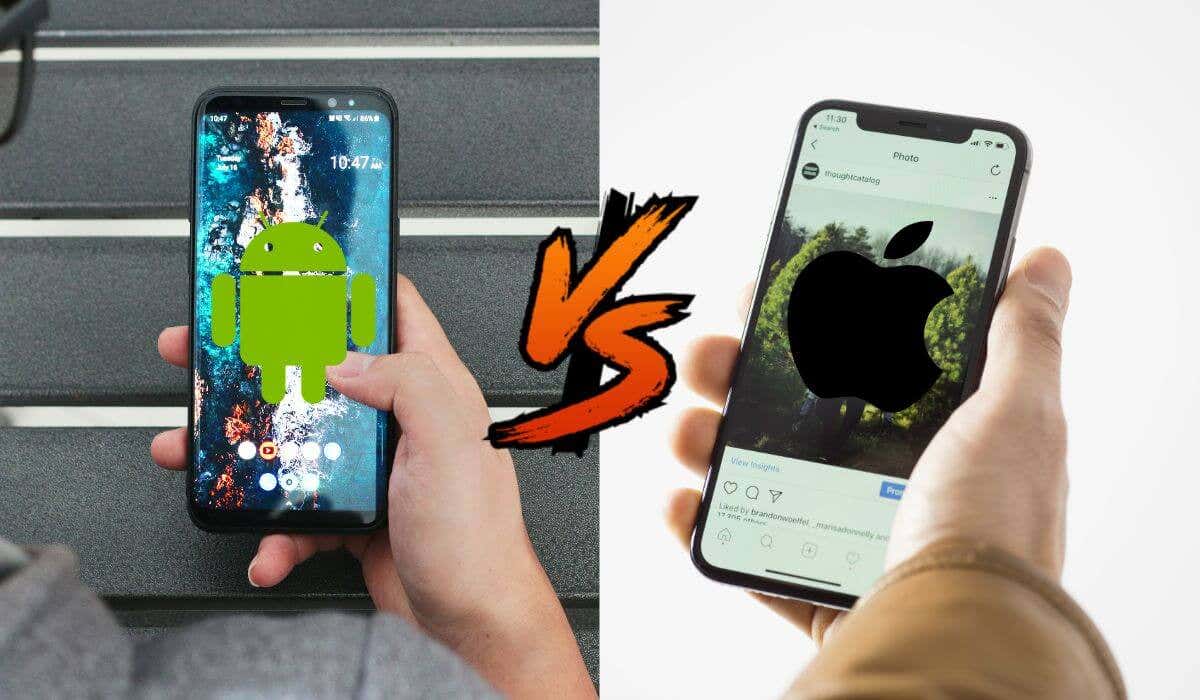
iPhone vs Android: How They Compare
Both iPhones and Android phones have their unique strengths, so you need to decide which advantages are more important to you.
iPhone strengths:
- Apple’s iPhones work seamlessly with other Apple devices like Macs, iPads, and Apple Watches. This makes sharing and transferring data between gadgets super easy.
- Apps on iPhones are usually top-notch and run smoothly. There’s also a wide variety of accessories available in stores for iPhones.
- iPhones get updates quickly, and when you start using one, there’s not a lot of extra stuff already installed on it.
Android strengths:
- Android phones come in different price ranges, offering more choices to fit various budgets. They also come in various sizes and offer different features.
- For people who like to personalize their phones a lot, Android offers more options for changing how things look and operate on the screen.
- Some Android phones let you add more storage with a memory card, which can be handy. Plus, Android phones use a charging port that’s common on many other devices, while iPhones are only starting to use USB-C ports on the iPhone 15 series (iPhone 15, iPhone 15 Pro, and iPhone 15 Pro Max).
Overall, iPhones work well for those who already have Apple gadgets, offering a smooth app experience and quick updates.
On the flip side, Android phones provide more options in terms of pricing, size, and customization. They also offer flexibility with storage where you can use a microSD card to keep photos, apps, and other media and use a universal charging port. Each has its strengths, so the choice depends on what matters most to you.
Ease of Use
When it comes to ease of use, iPhones tend to have a simpler and more straightforward user interface, and iPhone users love them for it. These phones are designed to be intuitive, making it easier for people who aren’t very tech-savvy to navigate. Apple has its own ecosystem and its software is consistent across their devices, so if you know how to use one Apple product, using another becomes a breeze.
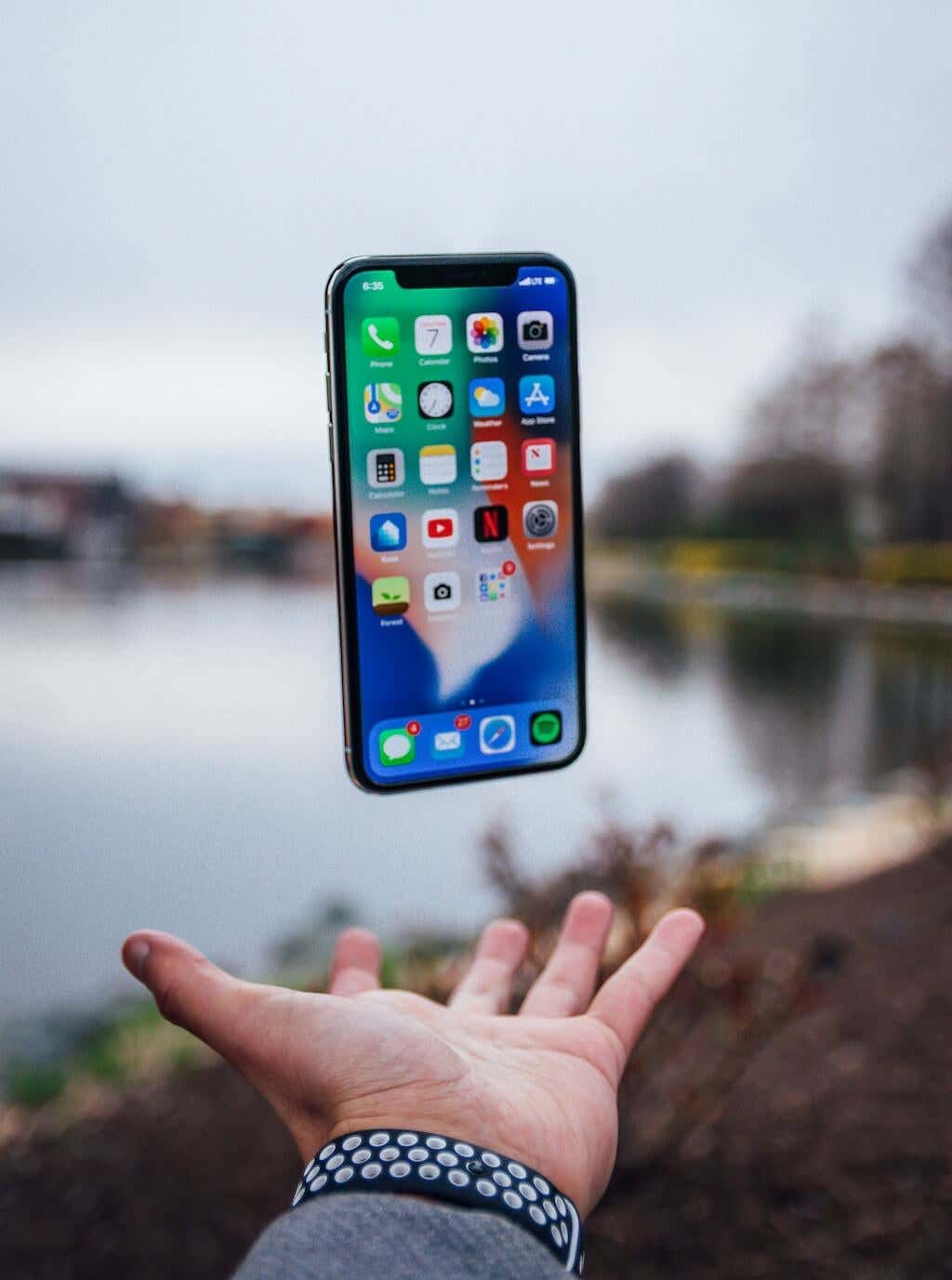
Android phones, on the other hand, offer more customization and flexibility, which might mean a bit more complexity. However, recent versions of Android have made strides in simplifying things. The interface can sometimes vary depending on the brand of Android phone you choose, but many are becoming more user-friendly with straightforward menus and settings.
Ultimately, the choice between iPhone and Android regarding ease of use might come down to personal preference. If simplicity and a more uniform user experience are crucial, an iPhone might be the better pick. But if you enjoy tweaking settings to match your preferences precisely, Android offers more room for customization, albeit with a slightly steeper learning curve for some users.
Hardware
The difference in hardware between the iPhone and Android is on the surface. iPhones, made solely by Apple, come in a limited number of models, granting Apple control over how the software and hardware function together. Meanwhile, Android software is available to various phone manufacturers, leading to a range of Android devices from different manufacturers like Samsung, HTC, Motorola. This variety means Android phones differ in size, weight, features, and overall quality.
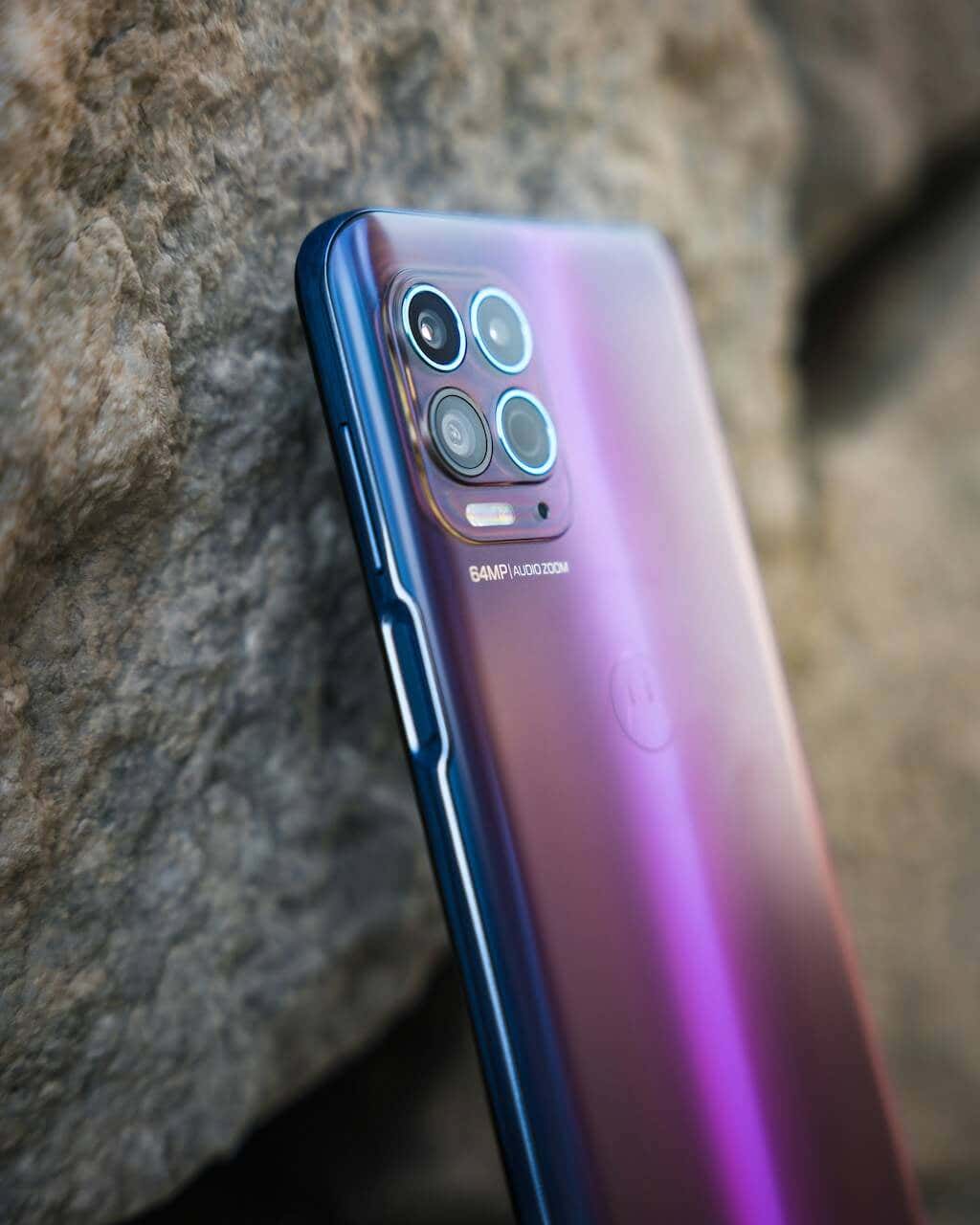
While some high-end Android phones like the latest Google Pixel or Samsung Galaxy Ultra model match the iPhone in quality, there are also more affordable Android options with fewer features that might suit your needs just fine. When choosing an iPhone, you pick a model from Apple. However, with Android, you not only decide on a brand but also choose a specific model, offering a broader selection.
There may be a feature that you won’t find on a new iPhone but can find on some Android phones. One example of that is a headphone jack – a feature that Apple stopped adding to their smartphones back in 2016.
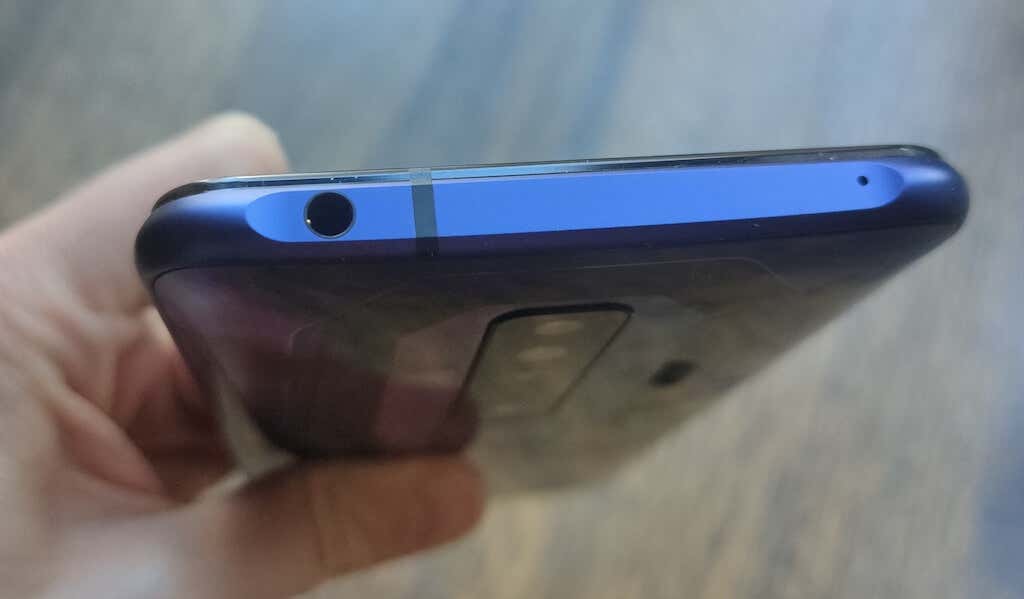
Some people may appreciate the wide array of choices with Android, while others prefer the simplicity and quality assurance that come with Apple’s iPhones.
Operating Systems
Operating systems form the heart of smartphones, and both iOS and Android operating system have their advantages.
iPhones operate on Apple’s iOS, while Android phones run on Google’s Android operating system. Both systems have a familiar layout with popular apps on the home screen, including utilities, games, a phone app, camera functions, and messaging capabilities. They rely on touch interfaces and may include hardware features like accelerometers or gyroscopes for added functionalities.
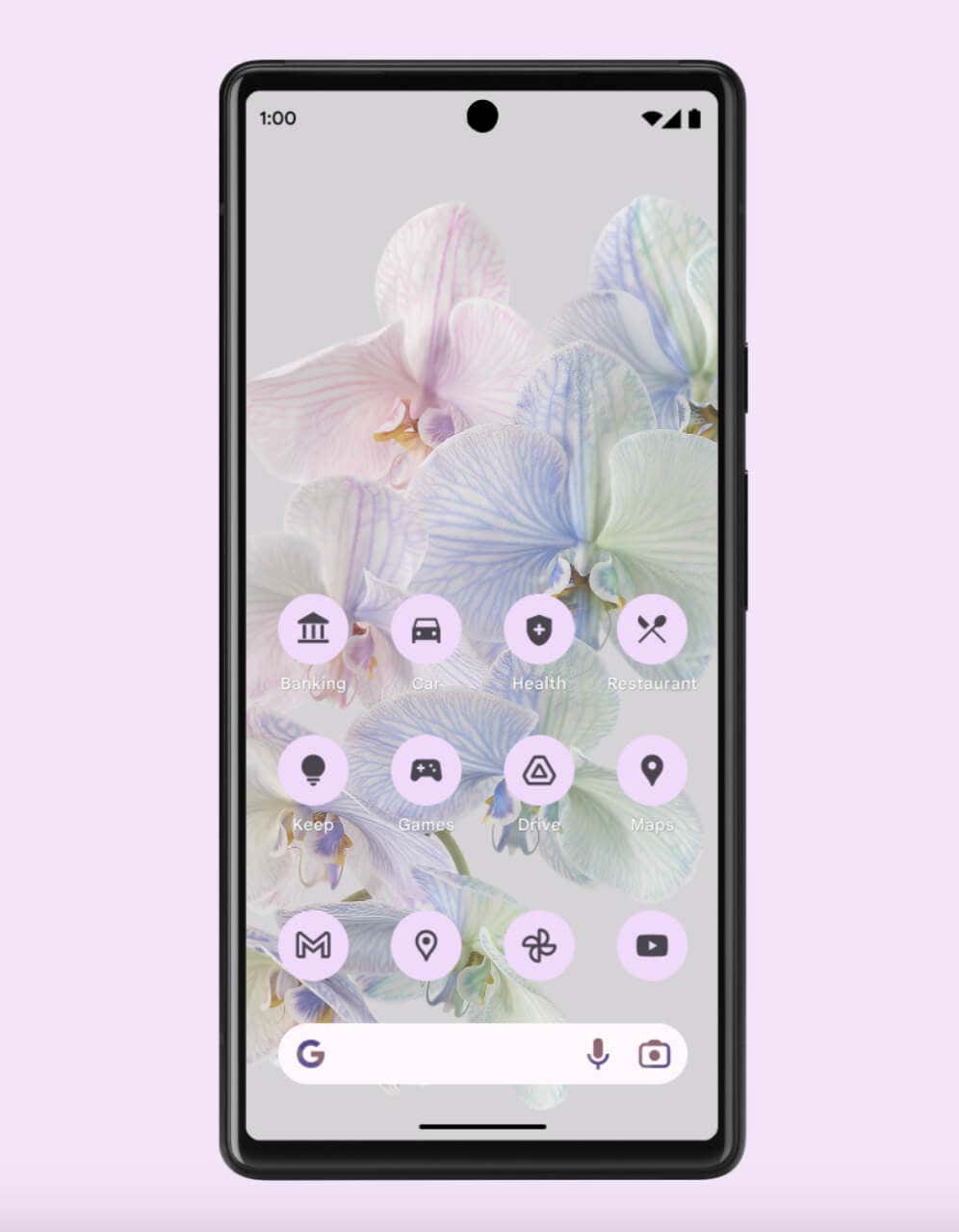
Apple launches a fresh iOS version nearly every autumn, frequently introducing additional software updates including security updates throughout the year. In contrast, Android updates used to be less regular in earlier years, with version 2.0 debuting in 2009 and versions 3 and 4 following in 2011. Recently, Android has adopted a more annual update schedule. However, some Android manufacturers, like Samsung, tweak the operating system slightly for their devices.
Notably, some Android device makers delay or entirely skip updating their phones to the latest Android OS. This can leave older phones without the latest OS support. Comparatively, Apple’s support for older iPhones tends to be better than Android’s due to the platform’s openness to multiple manufacturers. This aspect ensures iPhones often receive updates for a longer duration compared to many Android phones.
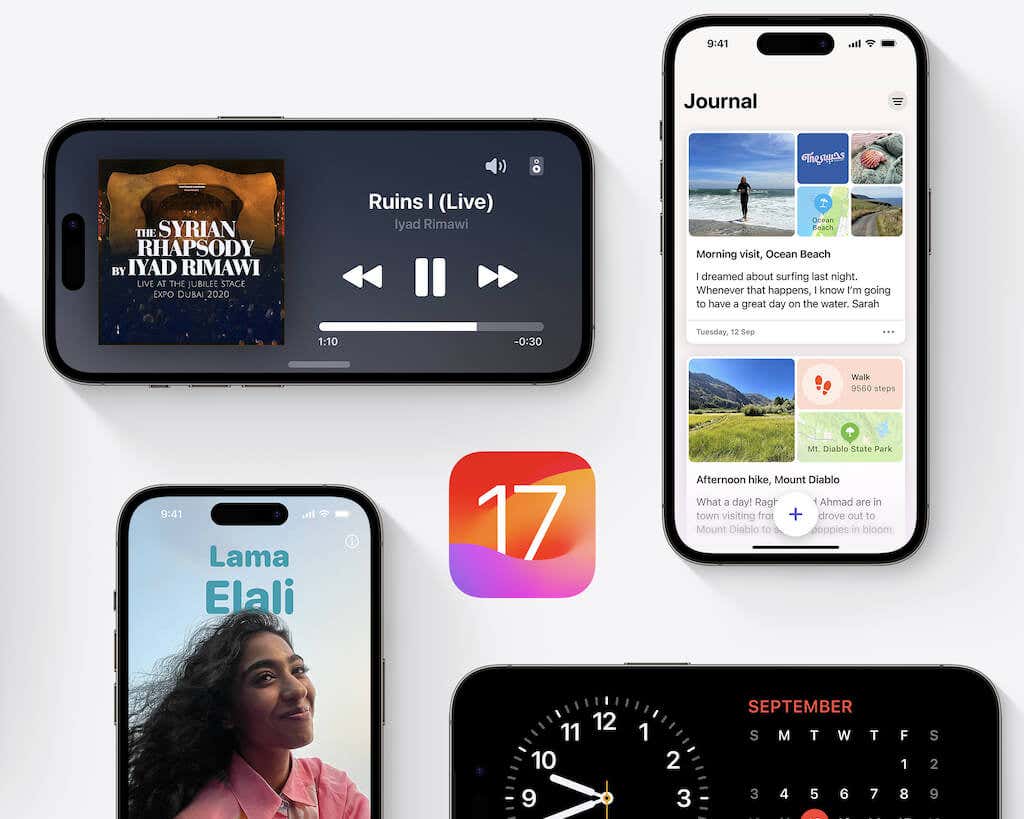
When it comes to getting and managing notifications, the iPhone allows you to reply directly within notifications without opening the app, a feature not available on Android. However, Android offers the ability to designate certain notifications as “priority,” ensuring they appear at the top of the list while minimizing less crucial messages. Additionally, clearing notifications on Android is simpler with just a single swipe compared to the iPhone.
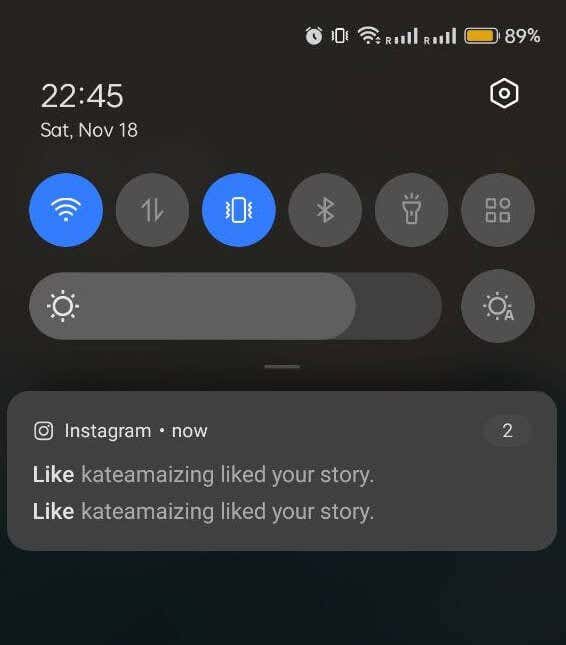
One feature that made Android smartphones stand out was the use of dynamic widgets and home screen launchers. However, iPhones eventually caught up with Android and now offer them as well.
Dynamic widgets are small, interactive elements on your phone’s home screen that display real-time information without requiring you to open an app. Both iPhone and Android offer their own versions of widgets, although they operate a bit differently.
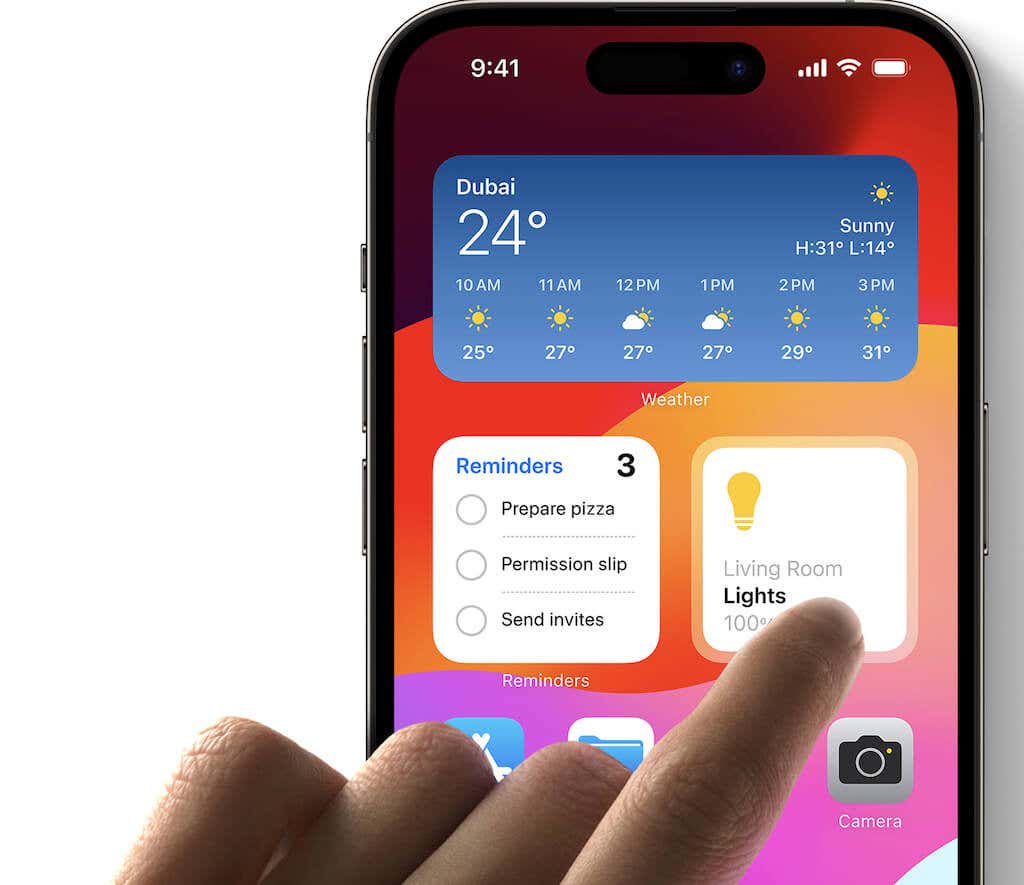
In iPhones running on iOS, widgets were introduced with iOS 14. These widgets are available in various sizes and can display information from compatible apps, such as weather updates, calendar events, news headlines, or fitness progress. Users can customize their home screens by arranging and resizing widgets according to their preferences. However, these widgets are static and don’t update in real-time; instead, they refresh their information periodically or when you open the associated app.
Overall, while both iPhone and Android devices offer widgets that enhance the home screen experience, Android’s widgets are typically more dynamic, providing real-time updates and greater customization options. iOS widgets, although useful, are more limited in their real-time updating capabilities and customization options.
Security
Security is a critical concern for smartphone users, and when it comes to comparing the safety measures of iPhone and Android devices, there are notable differences.
Both operating systems offer encryption to keep your data safe whether it’s stored or being sent. Also, the majority of iOS and Android devices have secure user authentication methods, like using facial recognition or fingerprint scans.
For iPhone users, security measures are robust due to several key factors. Apple prioritizes end-to-end encryption in its apps, ensuring that data, such as messages, remains scrambled throughout its journey between sender and recipient. This level of encryption minimizes the risk of interception or unauthorized access to sensitive information.
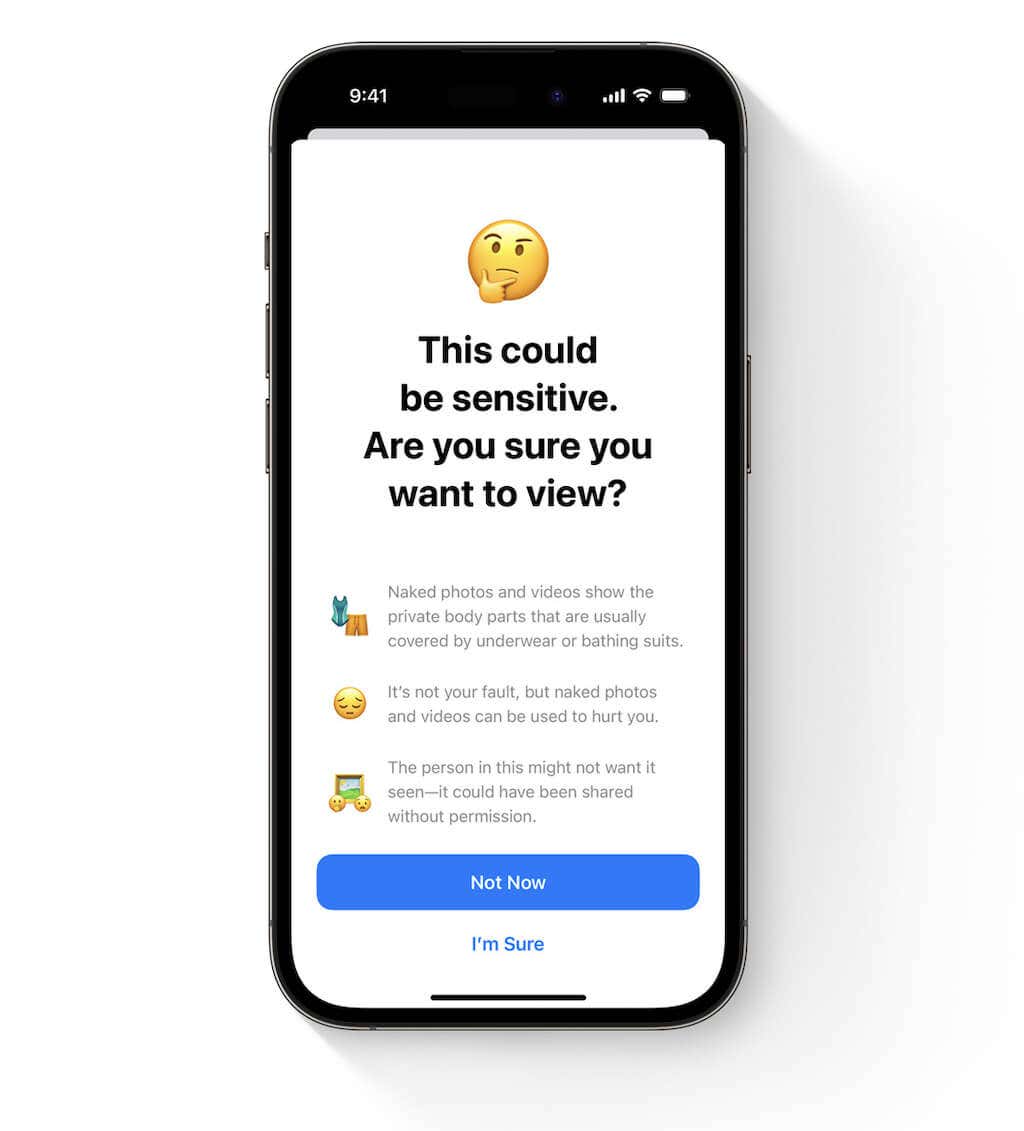
On the other hand, Android typically employs encryption “in transit,” which secures data while it’s moving but might leave it vulnerable at certain points, such as passing through Google servers.
Apple also maintains strict control over app downloads through the Apple App Store, the exclusive source for iPhone apps. This approach significantly reduces the risk of malware infiltration, as Apple rigorously screens and filters apps to prevent malicious software from being available to users. In contrast, Android’s open ecosystem and wider availability of third-party apps and open-source apps can expose devices to potential security threats, making them more susceptible to malware attacks.
While both iPhone and Android devices are susceptible to security threats, the iPhone’s closed ecosystem and stringent measures make it harder for attackers to target iOS users compared to Android users.
Apps
When it comes to the iPhone, apps are exclusively accessible through Apple’s App Store, boasting an extensive collection of over 2 million iOS apps. Apple maintains stringent standards for app inclusion, prioritizing quality and security. This strict oversight reduces the risk of encountering malware within the store, ensuring a higher level of safety for users. Additionally, Apple rigorously tests apps to guarantee compatibility with its devices, providing a more seamless experience.
On the other hand, Android offers its apps through the Google Play Store as well as third-party sources, amassing a larger repository of nearly 3 million apps.
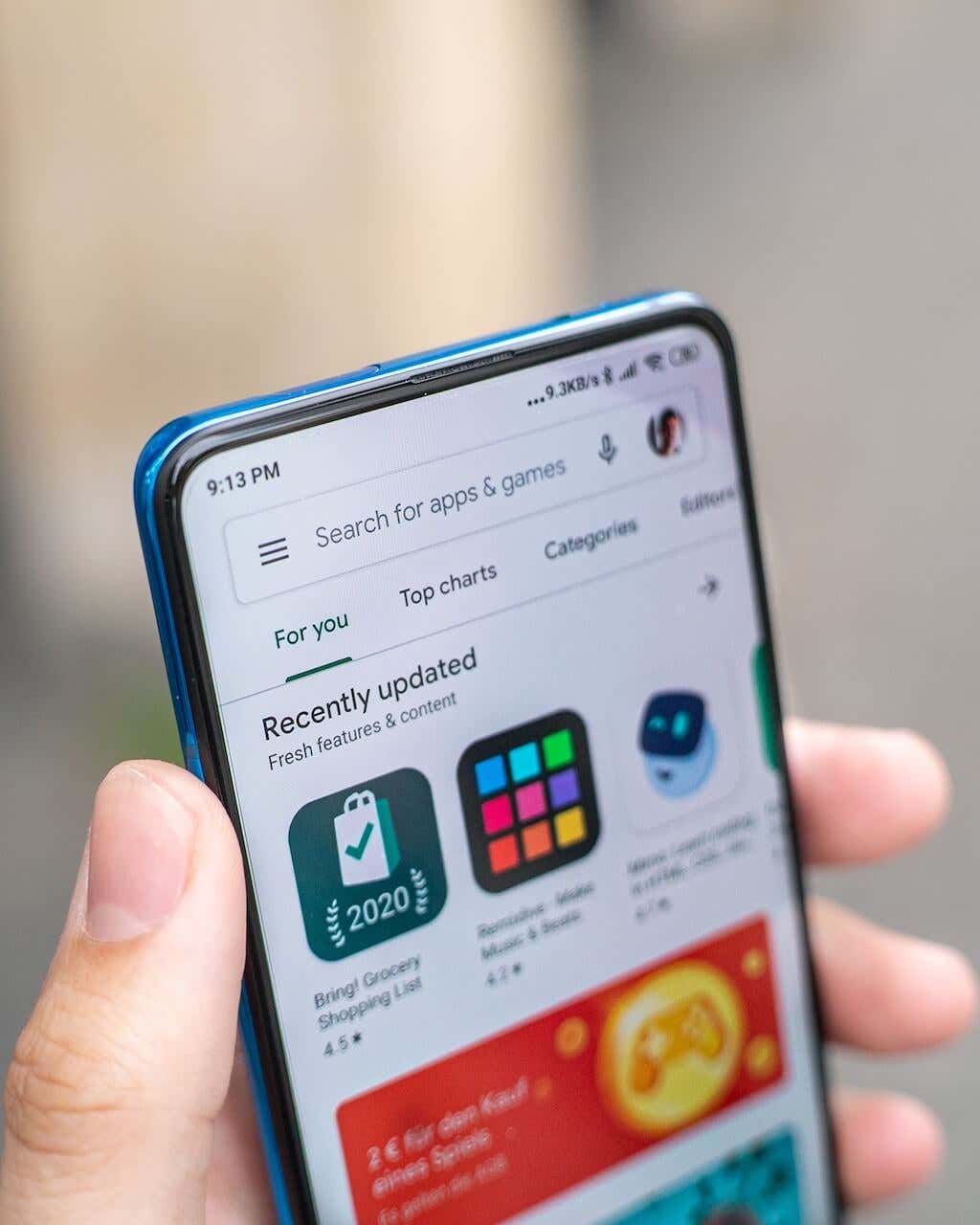
Google’s more lenient standards enable a wider range of app availability, but this openness also increases the likelihood of encountering potentially risky software. The multitude of Android device manufacturers combined with the less stringent screening in the Google Play Store might lead to compatibility issues, where certain apps may not function optimally across all Android devices.
Despite the smaller selection in the Apple App Store compared to Google Play, Apple’s strict curation offers a safer and more consistent user experience. The broader selection and the ability to download Android apps from outside the official store might attract users seeking greater flexibility and options. But there’s also a question of bloatware.
When you get a new iPhone, no matter where you buy it or which model you choose, you won’t find any extra apps already installed. That means your iOS device starts clean without any apps you didn’t ask for slowing it down.
But if you buy a new Android phone, especially from a certain carrier, you might find some apps already there, like CNN or DirecTV Now. Even if you spend a lot on a fancy Android phone, sometimes these unwanted apps still come with it.
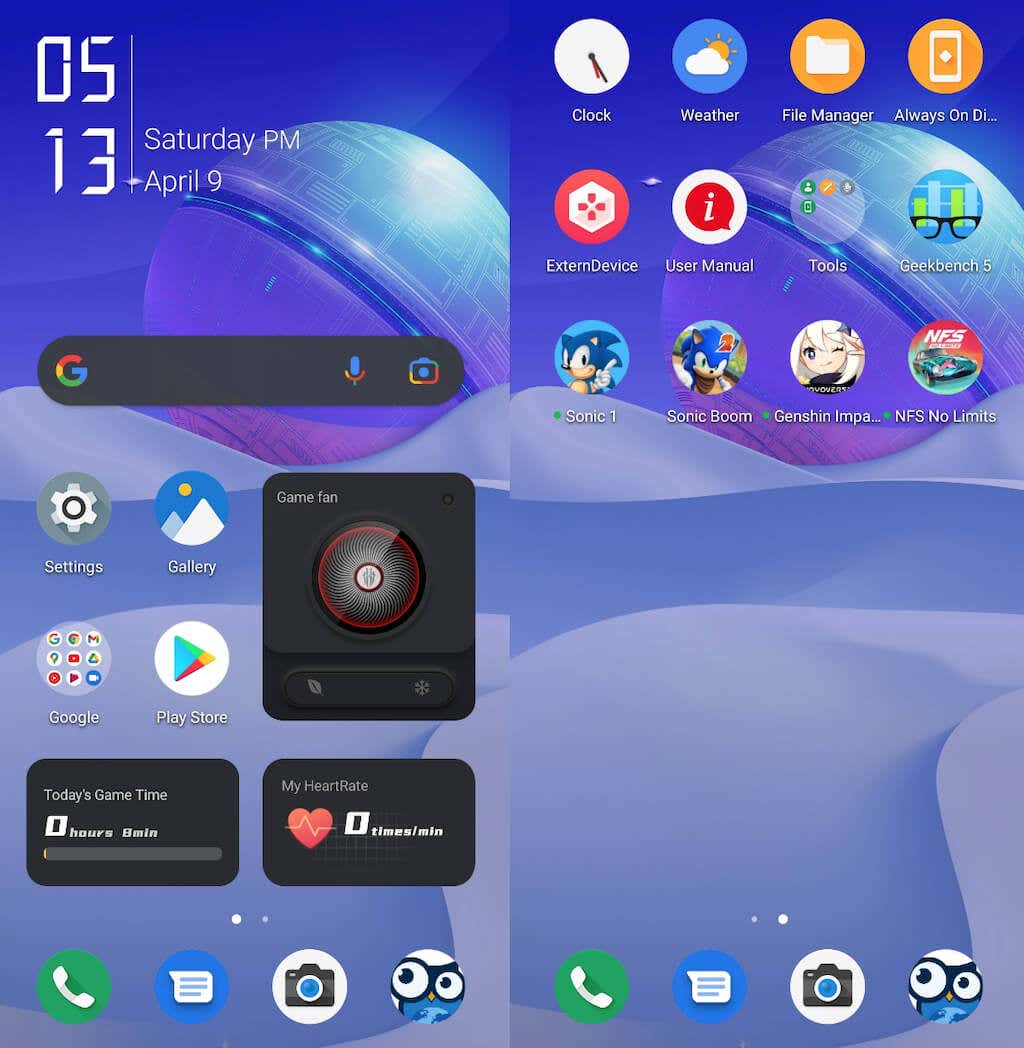
Some unlocked phones, usually the ones considered the best Android phones, like Google Pixel, don’t have these extra apps, but others might have stuff you didn’t ask for, like ads or sponsored software. Examples of this are OnePlus phones and some Samsung phones that bother users with ads and trending apps.
Device Integration
Apple’s system of devices, like iPhones, Macs, Apple Watches, and Apple TVs, smoothly connect and work together. This connection is not as strong among various Android gadgets, especially if they’re made by different companies.
Many people use more than just a phone, such as a tablet or a computer. Apple’s tightly integrated ecosystem makes it easier for these devices to work together seamlessly. Since Apple produces multiple devices like computers, tablets, watches, and phones, it offers unique features that Android may lack.
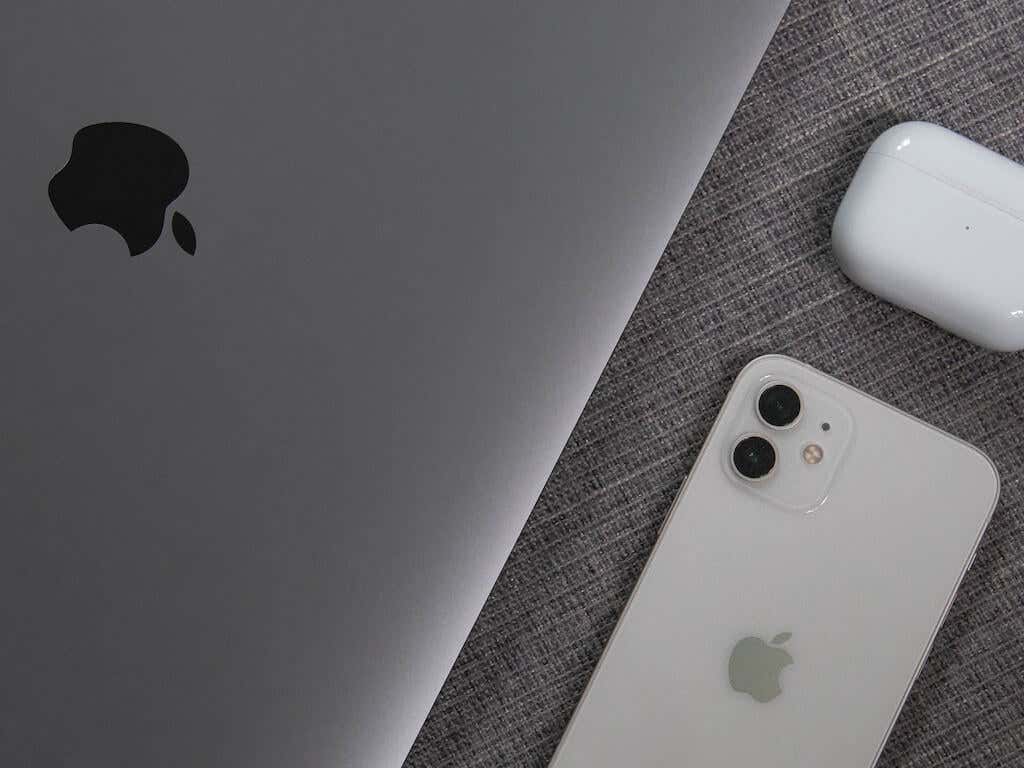
For instance, your iPhone can act as a remote control for an Apple TV. Also, you can unlock your MacBook or iPhone using an Apple Watch. Apple services like AirDrop (which uses Bluetooth to share files from the iPhone to any Apple device), FaceTime, iMessage, and iCloud storage allow quick file sharing between an iPhone, Mac, or iPad without using emails. With Apple’s continuity features, you can begin watching something on Apple TV and then continue from where you stopped on your iPhone.
Google’s services, such as Gmail, Google Maps, and Google Now, function on all Android gadgets. However, unless all your devices—like your watch, tablet, phone, and computer—are from the same manufacturer (which is rare), Android doesn’t provide a unified experience across different devices. Google and Microsoft (as well as other Android developers) also offer Google Drive, Microsoft OneDrive, and other cloud-based storage apps, but the integration is still lacking.
Virtual Assistants
In the realm of artificial intelligence and voice assistance, Android holds a distinct advantage.
Siri, Apple’s default intelligent assistant, continues to progress with each iOS update. Yet, compared to Google Assistant, Siri has limitations in performing intricate tasks. Google Assistant, a standout feature on Android devices, leverages Google’s extensive database to streamline daily life. For instance, it can remind you to leave early for an appointment if it detects heavy traffic based on your Google Calendar entries.
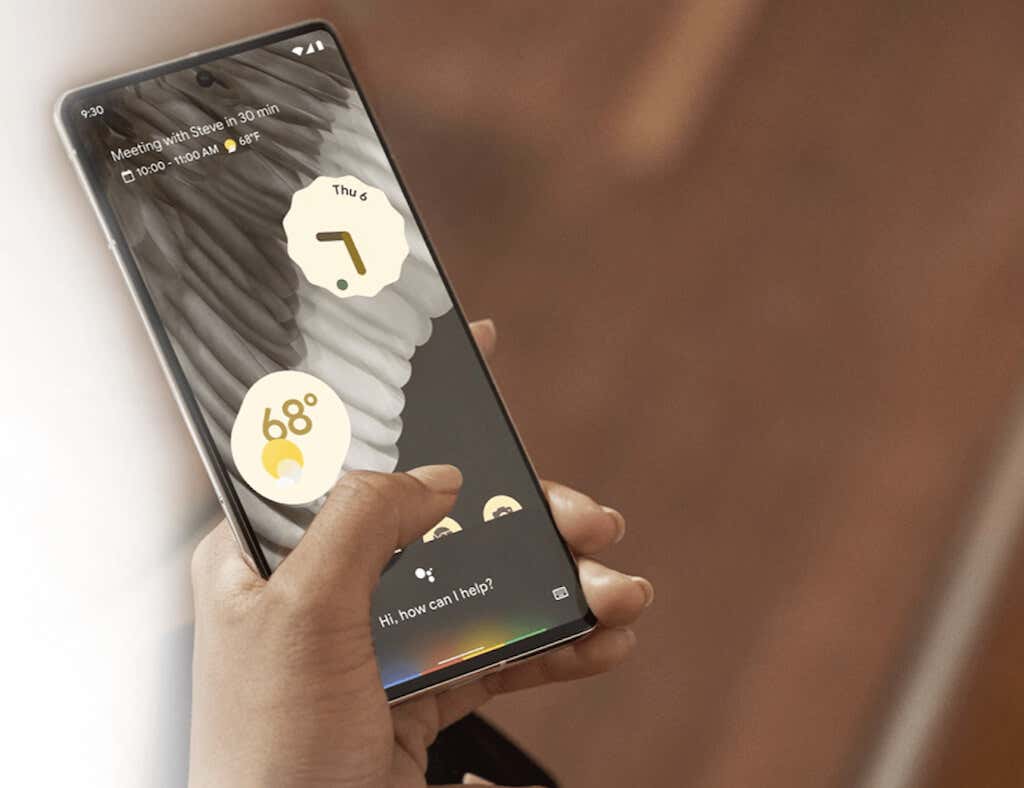
While Siri offers convenience on iPhones, its capabilities don’t match the advanced functionalities of Google Assistant. Yes, iPhone users can switch to Google Assistant if they prefer, but Android users do not have access to Siri without an Apple device.
Maintenance
Overall, iPhone devices are less user-serviceable compared to Android phones.
Apple’s emphasis on simplicity means tasks like upgrading storage or replacing the battery require professional assistance.
In contrast, many Android models offer users the flexibility to replace batteries to improve battery life and expand storage independently. While Android might lack the iPhone’s elegance, its DIY-friendly approach can save costs on repairs and provide more control over maintenance tasks like battery replacement and storage expansion.
Price
iPhones typically come with a higher price tag, starting around $500 and reaching up to $1,500 or more depending on the specs and screen size – for example, you can get an iPhone SE 2022 for just over $400 and it’s still a phenomenal example of an iPhone.
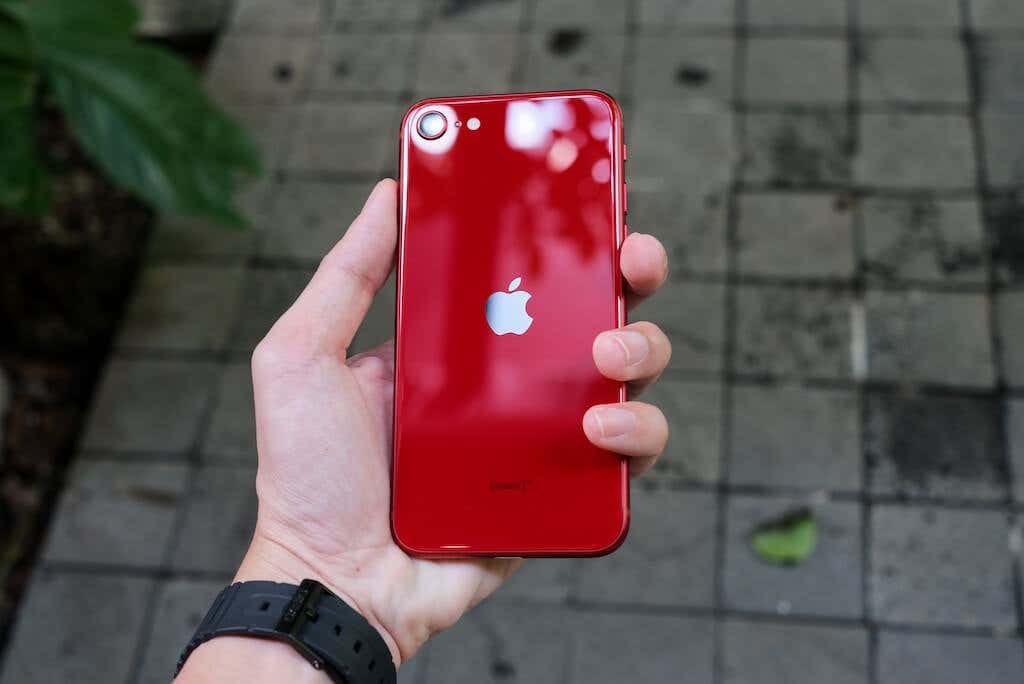
Apple positions its devices as premium, reflected in their cost. On the other hand, Android phones offer a broader spectrum, ranging from around $100 to as high as $1,750. There are cheap phones under $200 that may compromise on certain features, but there are also some of the best big and small phones, as well as phablets and foldables that exceed $1,000.
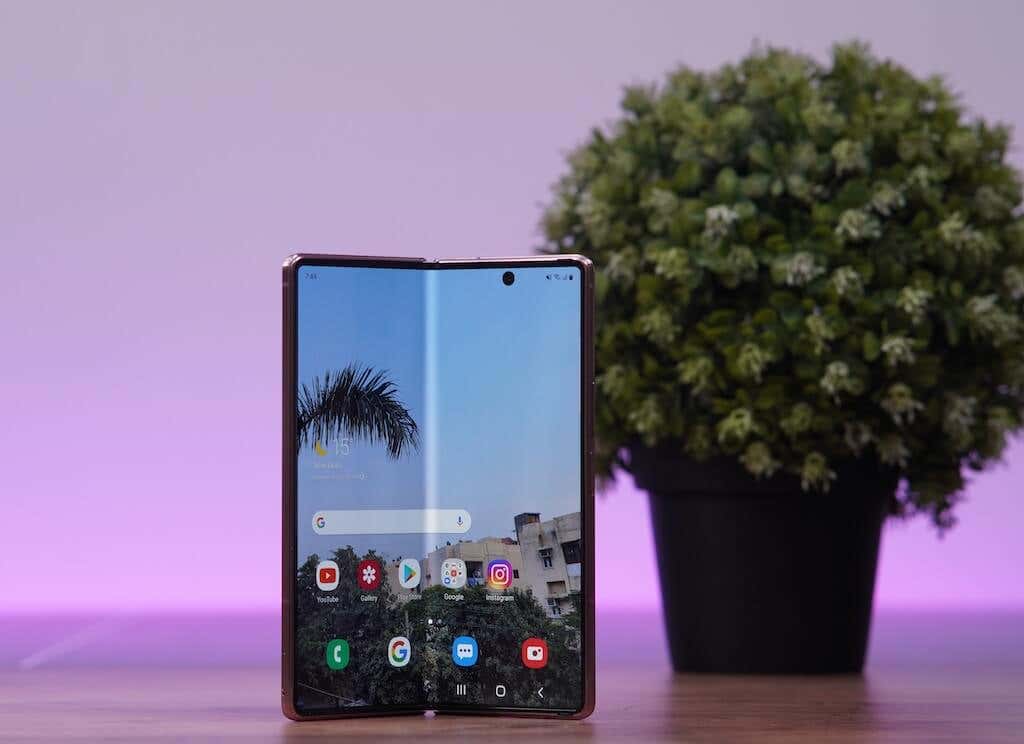
Fortunately, various payment plans provided by Apple, Google, and online retailers like Amazon make higher-end phones more accessible. This flexibility makes the price less of a deciding factor when choosing between an iPhone or an Android device.
iPhone vs Android: Which is Better for You?
Choosing between an iPhone and an Android device mostly depends on personal preferences. iPhones excel in seamless integration, security, and regular updates. Meanwhile, Android offers diverse options and customization.
Before making the decision, consider your own needs and how you’re going to use this smartphone. Whether it’s the simplicity of an iPhone or the flexibility of Android that matters most to you, it’s all about picking what feels best for you.
“Next-Level Tech, Wallet-Friendly Deals: Shop Smart, Save Smarter!”

